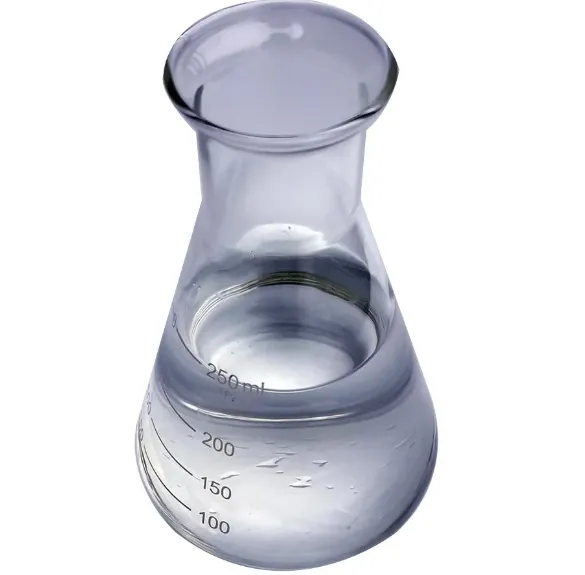Warning: Undefined array key "title" in /home/www/wwwroot/HTML/www.exportstart.com/wp-content/themes/1198/header.php on line 6
Warning: Undefined array key "file" in /home/www/wwwroot/HTML/www.exportstart.com/wp-content/themes/1198/header.php on line 7
Warning: Undefined array key "title" in /home/www/wwwroot/HTML/www.exportstart.com/wp-content/themes/1198/header.php on line 7
Warning: Undefined array key "title" in /home/www/wwwroot/HTML/www.exportstart.com/wp-content/themes/1198/header.php on line 7
- Afrikaans
- Albanian
- Amharic
- Arabic
- Armenian
- Azerbaijani
- Basque
- Belarusian
- Bengali
- Bosnian
- Bulgarian
- Catalan
- Cebuano
- China
- China (Taiwan)
- Corsican
- Croatian
- Czech
- Danish
- Dutch
- English
- Esperanto
- Estonian
- Finnish
- French
- Frisian
- Galician
- Georgian
- German
- Greek
- Gujarati
- Haitian Creole
- hausa
- hawaiian
- Hebrew
- Hindi
- Miao
- Hungarian
- Icelandic
- igbo
- Indonesian
- irish
- Italian
- Japanese
- Javanese
- Kannada
- kazakh
- Khmer
- Rwandese
- Korean
- Kurdish
- Kyrgyz
- Lao
- Latin
- Latvian
- Lithuanian
- Luxembourgish
- Macedonian
- Malgashi
- Malay
- Malayalam
- Maltese
- Maori
- Marathi
- Mongolian
- Myanmar
- Nepali
- Norwegian
- Norwegian
- Occitan
- Pashto
- Persian
- Polish
- Portuguese
- Punjabi
- Romanian
- Russian
- Samoan
- Scottish Gaelic
- Serbian
- Sesotho
- Shona
- Sindhi
- Sinhala
- Slovak
- Slovenian
- Somali
- Spanish
- Sundanese
- Swahili
- Swedish
- Tagalog
- Tajik
- Tamil
- Tatar
- Telugu
- Thai
- Turkish
- Turkmen
- Ukrainian
- Urdu
- Uighur
- Uzbek
- Vietnamese
- Welsh
- Bantu
- Yiddish
- Yoruba
- Zulu
Dec . 01, 2024 13:44 Back to list
dipropylene glycol in skincare
The Role of Dipropylene Glycol in Skincare
In the world of skincare, ingredients are paramount. As consumers become increasingly knowledgeable about what they apply to their skin, the demand for transparency, effectiveness, and safety has intensified. One ingredient that has gained attention in recent years is dipropylene glycol (DPG). While it may sound like a complex chemical, understanding its purpose and benefits can illuminate why it is a common component in various skincare products.
What is Dipropylene Glycol?
Dipropylene glycol is a colorless and odorless liquid that is derived from propylene glycol. It's a type of glycols, which are a group of organic compounds characterized by the presence of two hydroxyl groups (-OH). DPG is primarily used as a solvent and a humectant in cosmetic formulations. It is more viscous than its counterparts, which makes it beneficial in retaining moisture and providing a soothing feel on the skin.
Moisturizing Properties
One of the standout qualities of dipropylene glycol is its ability to attract moisture. As a humectant, it draws water from the air or underlying skin layers into the outer layer of the skin. This hydrating action helps maintain the skin's moisture balance, making it an excellent addition to products aimed at dry or dehydrated skin. By effectively locking in moisture, dipropylene glycol supports the skin barrier function, which is vital for overall skin health.
Emollient and Texture Enhancer
Beyond its moisturizing capabilities, dipropylene glycol also acts as an emollient. Emollients are substances that soften and smooth the skin, improving its texture and appearance. This makes DPG an ideal ingredient for creams and lotions, as it helps to create a silky and luxurious feel upon application. Skincare lovers often appreciate products that glide smoothly on the skin, and dipropylene glycol certainly contributes to this desirable texture.
dipropylene glycol in skincare

Stability and Compatibility
Another significant advantage of dipropylene glycol is its role as a solvent. It can dissolve various ingredients, enhancing the overall stability and efficacy of skincare formulations. Many active ingredients that are sensitive to moisture or unstable in conventional solvents can be effectively combined with DPG, ensuring that they function optimally when applied to the skin. This compatibility helps formulators create products with a broad spectrum of beneficial ingredients, from vitamins to botanical extracts.
Safety and Skin Tolerance
As with all cosmetic ingredients, safety is a top priority. Dipropylene glycol is considered safe for use in skincare products as it is generally well-tolerated by most skin types, including sensitive skin. It has a low potential for irritation and is non-toxic in the concentrations typically used in cosmetics. However, as with any skincare product, individuals with specific allergies or sensitivities should always conduct a patch test before widespread use.
Versatility Across Products
You can find dipropylene glycol in a variety of skincare formulations, from moisturizers and serums to cleansers and sunscreens. Its multifunctional properties allow it to serve multiple roles in a single product, reducing the need for numerous separate ingredients. This efficiency makes it a popular choice among formulators striving to create effective, streamlined, and cost-effective products.
Conclusion
In conclusion, dipropylene glycol is a valuable ingredient in the skincare universe. Its moisturizing, emollient, and stabilizing properties make it a favorable choice for various formulations. As consumers continue to seek products that nourish and protect their skin, understanding ingredients like dipropylene glycol can empower them to make informed decisions. Whether you are battling dryness, improving skin texture, or simply wanting a stable and effective product, dipropylene glycol is certainly one component to keep an eye on in your skincare routine.
Latest news
-
Certifications for Vegetarian and Xanthan Gum Vegetarian
NewsJun.17,2025
-
Sustainability Trends Reshaping the SLES N70 Market
NewsJun.17,2025
-
Propylene Glycol Use in Vaccines: Balancing Function and Perception
NewsJun.17,2025
-
Petroleum Jelly in Skincare: Balancing Benefits and Backlash
NewsJun.17,2025
-
Energy Price Volatility and Ripple Effect on Caprolactam Markets
NewsJun.17,2025
-
Spectroscopic Techniques for Adipic Acid Molecular Weight
NewsJun.17,2025

